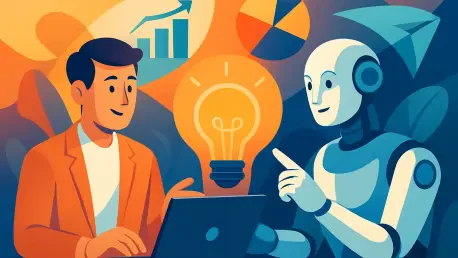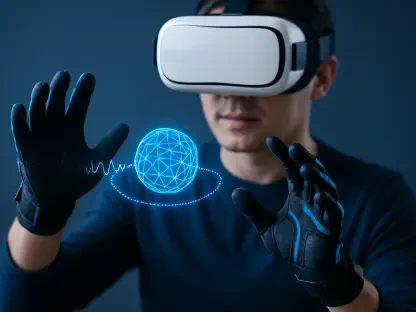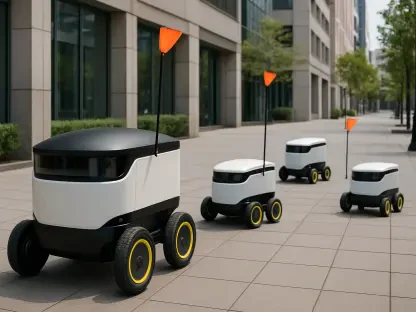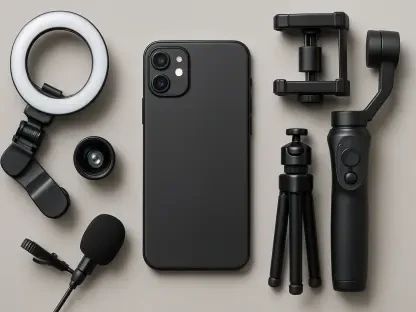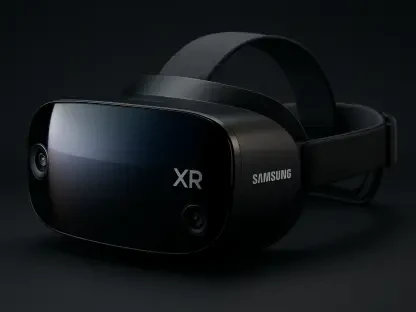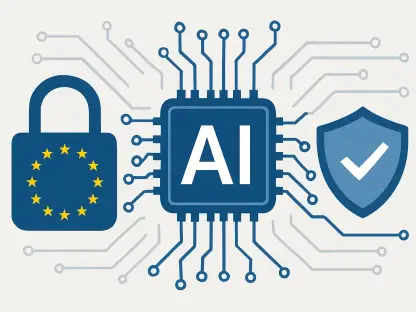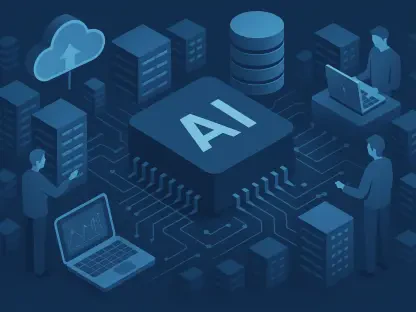In the fast-evolving landscape of marketing, where data-driven strategies and technological advancements shape every campaign, a pressing question looms over B2B professionals: can human creativity still hold its ground against the relentless efficiency of artificial intelligence? This dilemma is not merely academic but strikes at the heart of how businesses craft resonant messages and innovative strategies to stand out in crowded markets. As AI tools churn out ideas at unprecedented speeds, offering precision and scalability, many marketers grapple with balancing machine-generated outputs with the nuanced, intuitive insights that only human minds seem to deliver. This tension is reshaping the very foundation of marketing innovation.
This exploration dives deep into the interplay between human ingenuity and AI capabilities, focusing on their respective strengths and limitations in driving marketing breakthroughs. It aims to equip B2B decision-makers with actionable insights to navigate this hybrid landscape, ensuring that creativity remains a competitive edge rather than a casualty of automation. By examining real-world experiments and emerging trends, the discussion will reveal how these two forces can coexist, and whether human creativity retains a unique, irreplaceable value. For marketing leaders tasked with inspiring teams and delivering results, understanding this dynamic is not just relevant—it’s essential to staying ahead in a technology-saturated era.
Harnessing the Human-AI Synergy in Marketing
The crux of marketing innovation lies in ideation, where the ability to distill complex challenges into simple, impactful concepts often determines success. Human creativity excels here, drawing from emotional intelligence, cultural context, and lived experience to craft campaigns that resonate on a visceral level. AI, while adept at analyzing vast datasets and generating numerous ideas, frequently struggles with prioritization, often producing outputs that are comprehensive but lack the sharp focus humans naturally bring. A pilot project by a global energy company, in collaboration with a leading marketing agency, demonstrated this vividly when an all-human team’s concept outperformed an AI-assisted one due to its clarity and emotional punch, despite both being strategically sound.
Yet, dismissing AI’s potential would be shortsighted for any B2B marketing strategy aiming for scale and efficiency. AI serves as a powerful catalyst, offering a breadth of ideas and unexpected directions that can spark inspiration. Its strength lies in processing market trends, consumer behaviors, and competitor analyses at lightning speed, providing raw material that human marketers can refine. The same pilot revealed that AI-generated ideas were nearly indistinguishable from human ones in blind evaluations, with only one in five judges identifying their origin, signaling how far technology has come in mimicking creative output. This suggests a complementary role where AI acts as a brainstorming partner, expanding possibilities for human curators to shape into meaningful narratives.
The true potential for innovation emerges when human and AI capabilities are integrated thoughtfully, creating a synergy that leverages both depth and breadth. B2B marketers can harness AI to handle repetitive tasks like content ideation or A/B testing variations, freeing up human talent to focus on strategic vision and emotional storytelling. This hybrid model not only boosts efficiency—potentially cutting ideation timelines by significant margins—but also enhances campaign outcomes by grounding AI’s expansive ideas in human insight. For businesses, the impact is clear: faster time-to-market and campaigns that resonate deeply, driving stronger customer engagement and loyalty in competitive sectors.
Conclusion
Reflecting on the dynamic between human creativity and AI in marketing, it becomes evident that neither stands as a complete solution on its own, but together, they forge a path toward unprecedented innovation. B2B professionals are encouraged to embrace this partnership, using AI as a tool to amplify reach and efficiency while preserving the human touch that builds authentic connections. Looking ahead, the focus should shift to cultivating teams skilled in both leveraging technology and applying intuitive judgment, ensuring that creativity remains a strategic asset. This balanced approach promises not just adaptation, but leadership in a rapidly changing marketing landscape.
